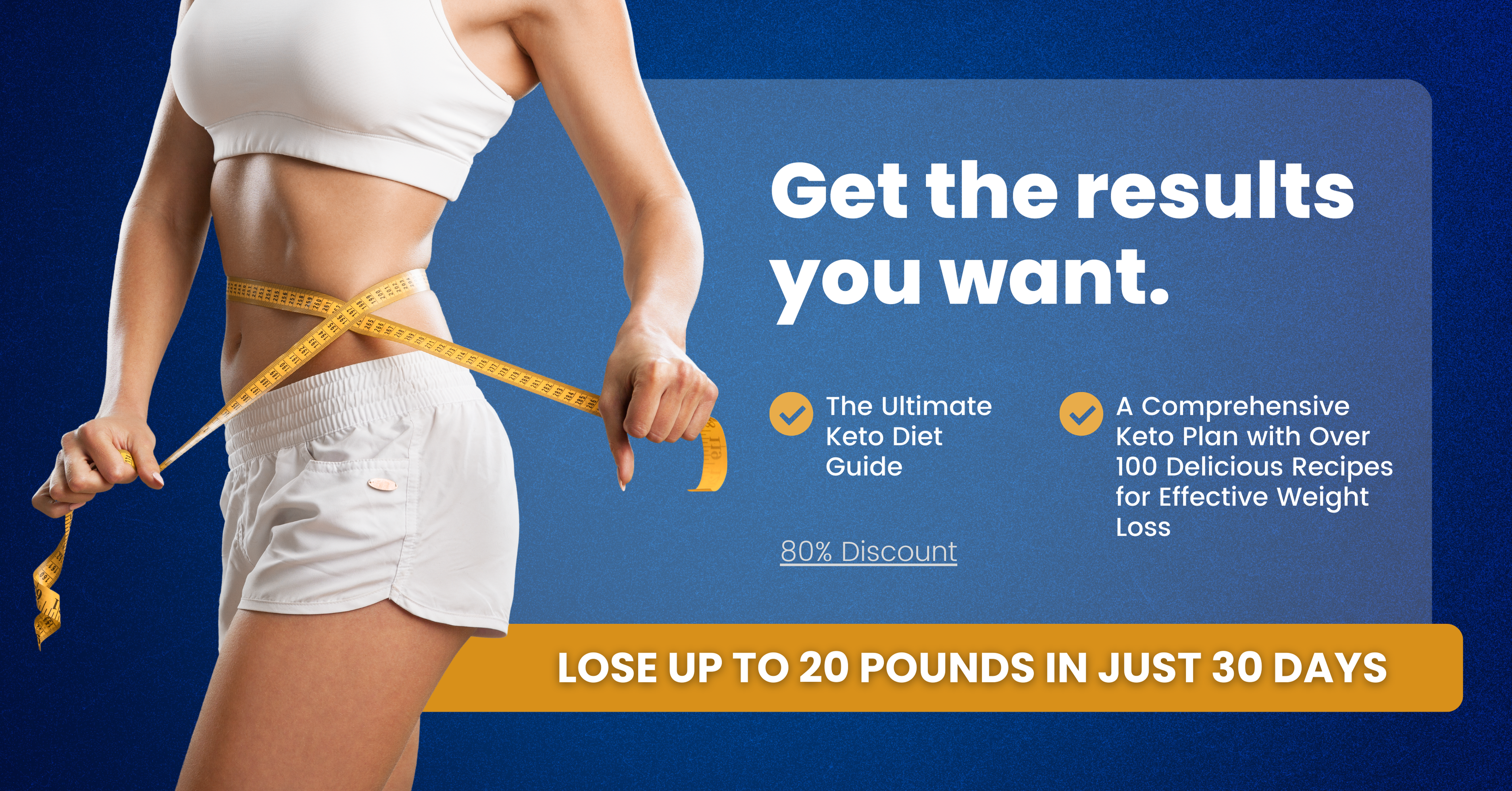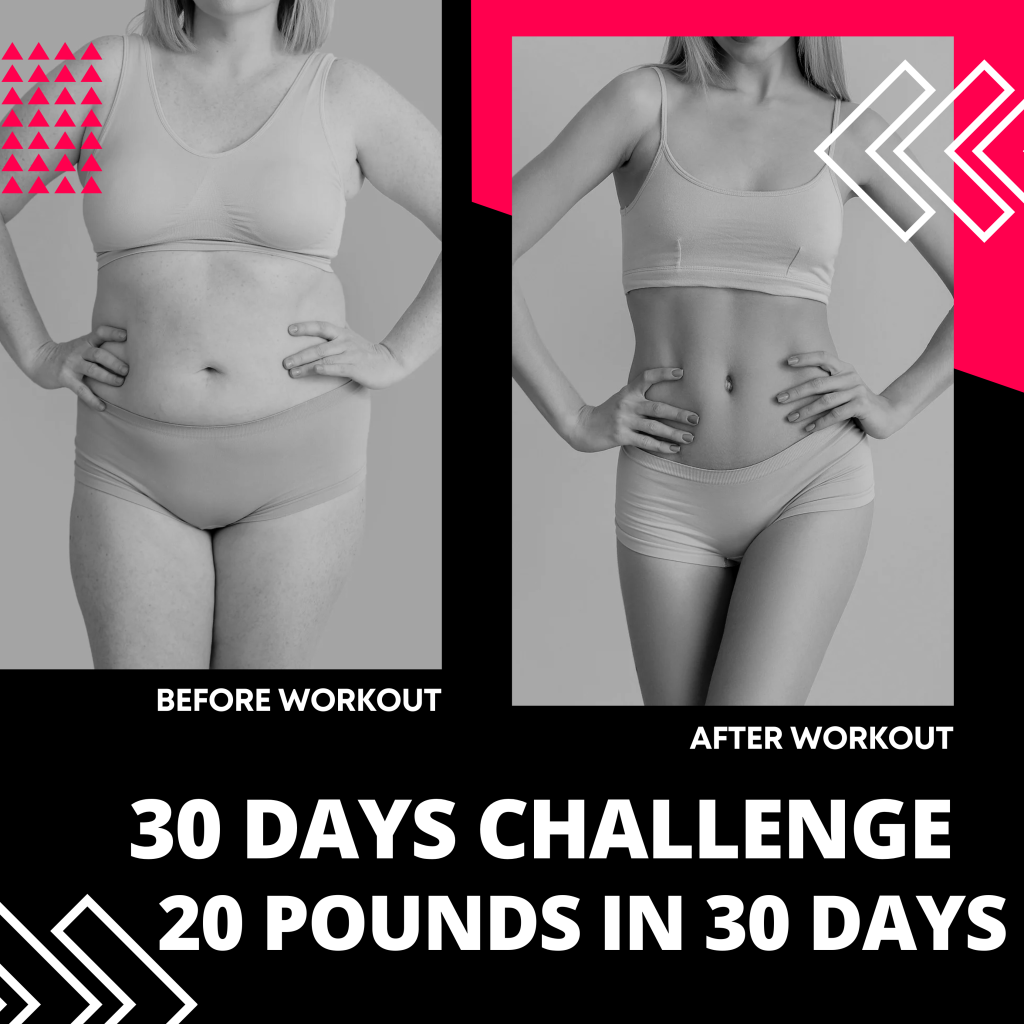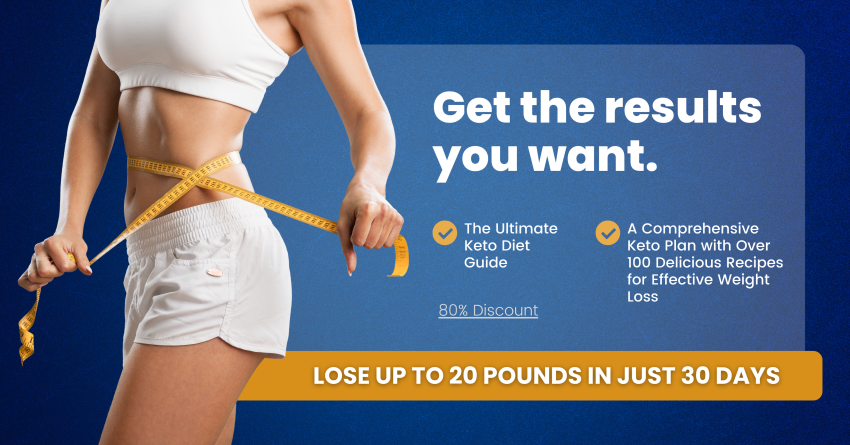

The Keto diet has gained immense popularity over the past few years, with countless success stories of people achieving weight loss and improved health. But before embarking on this low-carb, high-fat eating plan, it’s important to have a good understanding of what it entails and how to do it safely. Here’s everything you need to know about Keto 101:
What is Keto?
The Keto diet, short for ketogenic, is a high-fat, low-carb eating plan designed to put your body into a state of ketosis. Ketosis is a natural metabolic state where the body burns fat for fuel instead of carbohydrates. By drastically reducing your carb intake and increasing your fat intake, your body starts to burn fat more efficiently, leading to weight loss and other health benefits.
Foods to Eat on Keto
On the Keto diet, you should focus on whole, unprocessed foods that are high in healthy fats and low in carbs. This includes foods like meats, fish, eggs, nuts, seeds, avocado, and healthy oils like olive oil and coconut oil. You should also include non-starchy vegetables like spinach, broccoli, and cauliflower, as well as small amounts of low-carb fruits like berries.
Foods to Avoid on Keto
To reach and maintain ketosis, you’ll need to avoid high-carb foods like bread, pasta, rice, potatoes, and sugar. This means cutting out most grains, fruits, and processed foods. You’ll also need to limit your intake of legumes and dairy, as these can be too high in carbs for some people.
Benefits of Keto
The Keto diet has been shown to have numerous health benefits beyond just weight loss. Some of the potential benefits of Keto include improved blood sugar control, reduced inflammation, better mental clarity and focus, and increased energy levels. Many people also report feeling less hungry and more satisfied on the Keto diet, leading to easier weight loss and maintenance.
Potential Side Effects
While the Keto diet can be highly effective for many people, it’s important to be aware of some potential side effects. In the first few days or weeks of starting Keto, you may experience symptoms like fatigue, headaches, irritability, and digestive issues as your body adjusts to burning fat for fuel. This is often referred to as the “Keto flu” and usually passes once your body has fully adapted to ketosis.
Tips for Success on Keto
To be successful on the Keto diet, it’s important to plan ahead and be consistent with your eating habits. Make sure to track your carb intake and aim to keep it below 20-50 grams per day to reach and maintain ketosis. Focus on whole, nutrient-dense foods and listen to your body’s hunger and fullness cues. It’s also important to stay hydrated and get plenty of electrolytes to support your body during the transition to ketosis.
In conclusion, starting the Keto diet can be a highly effective way to lose weight and improve your overall health. By understanding the basics of Keto and following some simple guidelines, you can set yourself up for success on this eating plan. Remember to consult with a healthcare provider before making any significant changes to your diet, especially if you have underlying health conditions. Good luck on your Keto journey!






